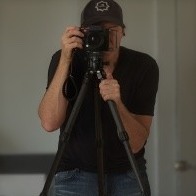Review: The Leica Summilux-M 35 f/1.4 ASPH. by Jonathan Slack
-
Recently Browsing 0 members
- No registered users viewing this page.
-
Similar Content
-
- 300 replies
- 35,493 views
-
- 2,473 replies
- 262,975 views
-
- 40 replies
- 8,898 views
-
- 52 replies
- 8,811 views
-
- 644 replies
- 90,294 views
-




Recommended Posts
Join the conversation
You can post now and register later. If you have an account, sign in now to post with your account.
Note: Your post will require moderator approval before it will be visible.